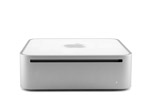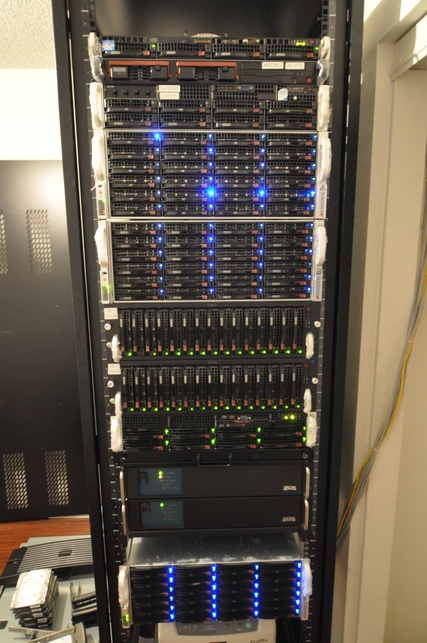Abstract:
Capabilities to manage systems have traditionally been at the OS level. Over a decade ago, companies such as Sun started bundling out-of-band management into their Open Systems servers, allowing such capabilities such as dial-in, serial attachment to console ports, and attachment over LAN at a layer underneath the Operating System [such as Solaris]. This type of capability has been expanded upon by proprietary CPU vendors such as Intel and bundled into an increasing number of systems.
 |
| [ALOM Diagram, courtesy googlux] |
The three capabilities which exist today seem to be:
LOM - Sun/Oracle Lights Out Management interface [targeting servers]
IPMI - Intelligent Platform Management Interface [targeting servers]
AMT - Intel Active Management Technology [targeting desktops]
These technologies provide access to the firmware, which is either OpenBoot or BIOS depending on whether one is running an Open System (such as SPARC) or Proprietary Intel platform
Lights-Out Management comes in two distinct flavors:
ALOM - Older generation Sun Advanced Lights Out Management [targeting servers]
ILOM - Newer generation Oracle/Sun Integrated Lights Out Management [targeting servers]
Included here is an older V100 LOM/OpenBoot tutorial from YouTube. This is helpful for getting started with attaching to a serial based console, to perform initial settings.
Also included here is an OpenBoot cheat-sheet or quick reference, cheat sheet for ALOM/ILOM, an youtube webGUI tutorial for ILOM.
The proprietary Intel AMT technology with Intel vPro bundles a remote KVM (keyboard-video-mouse) interface via VNC for desktops. Here is a short AMT cheat-sheet on leveraging generic VNC on an Intel vPro based machines. Here is the Intel AMT Development Kit.
 |
| [ILOM Diagram, courtesy googlux] |
The ALOM systems initially targeted the Open SPARC based systems, while ILOM was later created by Sun for the proprietary AMD and Intel based servers. Over time, ILOM was leveraged for both platforms and is now supported by Oracle on Sun branded servers for SPARC, AMD, and Intel. If running an older platform, ALOM may be the only option. The most recent versions of LOM, called ILOM, also supports IPMI. IPMI is also supported by various Intel server vendors. AMT is built upon some IPMI framework, but is more proprietary, and targets mainly desktop.
 |
| [IPMI Block Diagram, courtesy Wikipedia] |
IPMI allows for a common management protocol across multiple server vendors. It is the least common denominator. If the desktop & server architecture is recent enough, IPMI should be used to provide a common management interface. It facilitates access to the hardware which underpins the hypervisor and operating system. Information contained includes: fans, power, temperature, logs, OS reboot attempts, etc. This information can be gathered out-of-band, or when the OS is not booted.
How should one use IPMI?
LOM (ALOM, ILOM) and AMT can be used to configure IPMI to allow access via SNMP protocol so the IPMI layer can comnunicate via common network management platforms. IPMI command line tools can also configure the SNMP protocol access. SNMP is the "Internet-standard protocol for managing devices on IP networks", defined by the IETF, for management over TCP/IP networks. AMT, LOM, ILOM, or IPMI may be used to configure SNMP access to the BMC or Baseboard Management Controller. SNMP can be configured to send asynchronous events, or TRAPS, to a management station when there is a failure.















